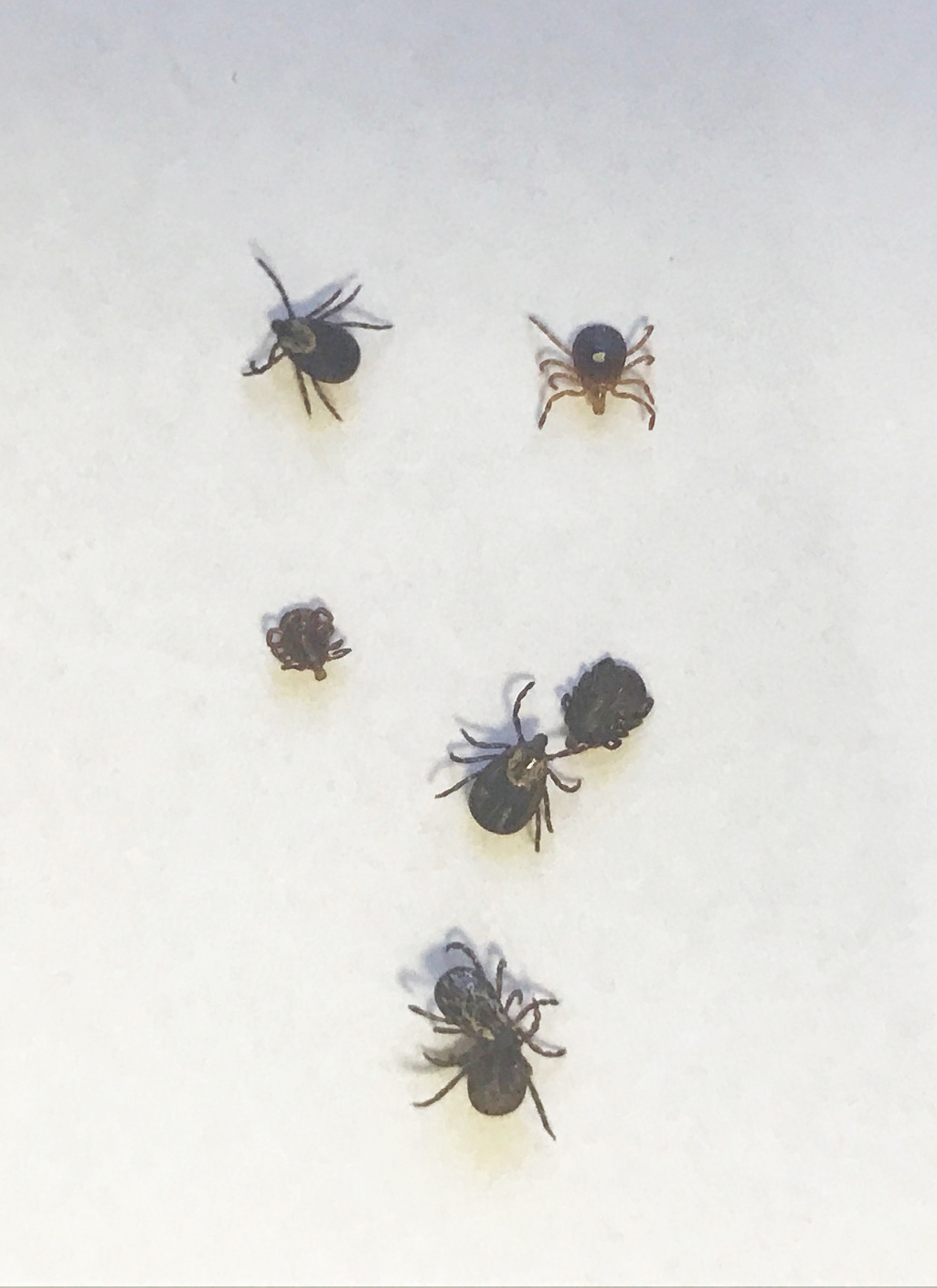Heads up to hunters, hikers, homeowners: Ticks are looking for you and your pets
By the U of A System Division of Agriculture
April 7, 2017
Fast facts
- Ticks at levels normally seen in late April, early May
- American dog ticks, Lone Star ticks seeking blood meal
(270 words)
(Newsrooms: with art of ticks at www.flickr.com/photos/uacescomm/albums/72157682316946885.
Download Word document here: )
FAYETTEVILLE, Ark. – Turkey hunters heading into the woods may want to bring along another weapon: tick repellent.
“We’re seeing ticks becoming active earlier than usual this year,” said Kelly Loftin, extension entomologist for the University of Arkansas System Division of Agriculture. “We’re seeing numbers now that you’d expect a few weeks from now.”
Loftin said he’s even seen larval ticks as early as late March, which means the adult females had already been out feeding on blood earlier than that.

“You don’t see larval ticks in late March or even April, at least not that often,” he said “That’s not to say that every adult female had fed that early, but certainly we found one that did.”
Loftin advises turkey hunters, hikers and homeowners to take a few steps to protect themselves and their pets, from ticks.
- Avoid tick hideouts such as wooded, brushy areas.
- If you’re in tick territory, wear light-colored clothing, long-sleeved shirts, long pants tucked into boots.
- Use skin-safe repellents containing DEET, picaridin, oil of lemon eucalyptus or IR3535.
- Use clothing- and gear-only repellents containing permethrin.
- Once in the house, check your entire body for ticks – parents should carefully inspect their children and pets. Promptly, properly remove attached ticks.
Loftin said that ticks die more quickly in dry environments, so remove leaf litter from the yard, keep the lawn mowed and bush hog or cut down tall grass. Create a dry barrier between lawn and woods by laying gravel or wood chips.
In the yard, clean up any waste food and wood piles to discourage tick-carrying wild animals from yard, use tick control on pets.
Loftin also suggests using chemical control in tick-infested yards.
For more information on insect control, contact your county extension office, or visit www.uaex.uada.edu.
Pursuant to 7 CFR § 15.3, the University of Arkansas System Division of Agriculture offers all its Extension and Research programs and services (including employment) without regard to race, color, sex, national origin, religion, age, disability, marital or veteran status, genetic information, sexual preference, pregnancy or any other legally protected status, and is an equal opportunity institution.
# # #
Media Contact: Mary Hightower
Dir. of Communication Services
U of A System Division of Agriculture
Cooperative Extension Service
(501) 671-2126
mhightower@uada.edu
Related Links